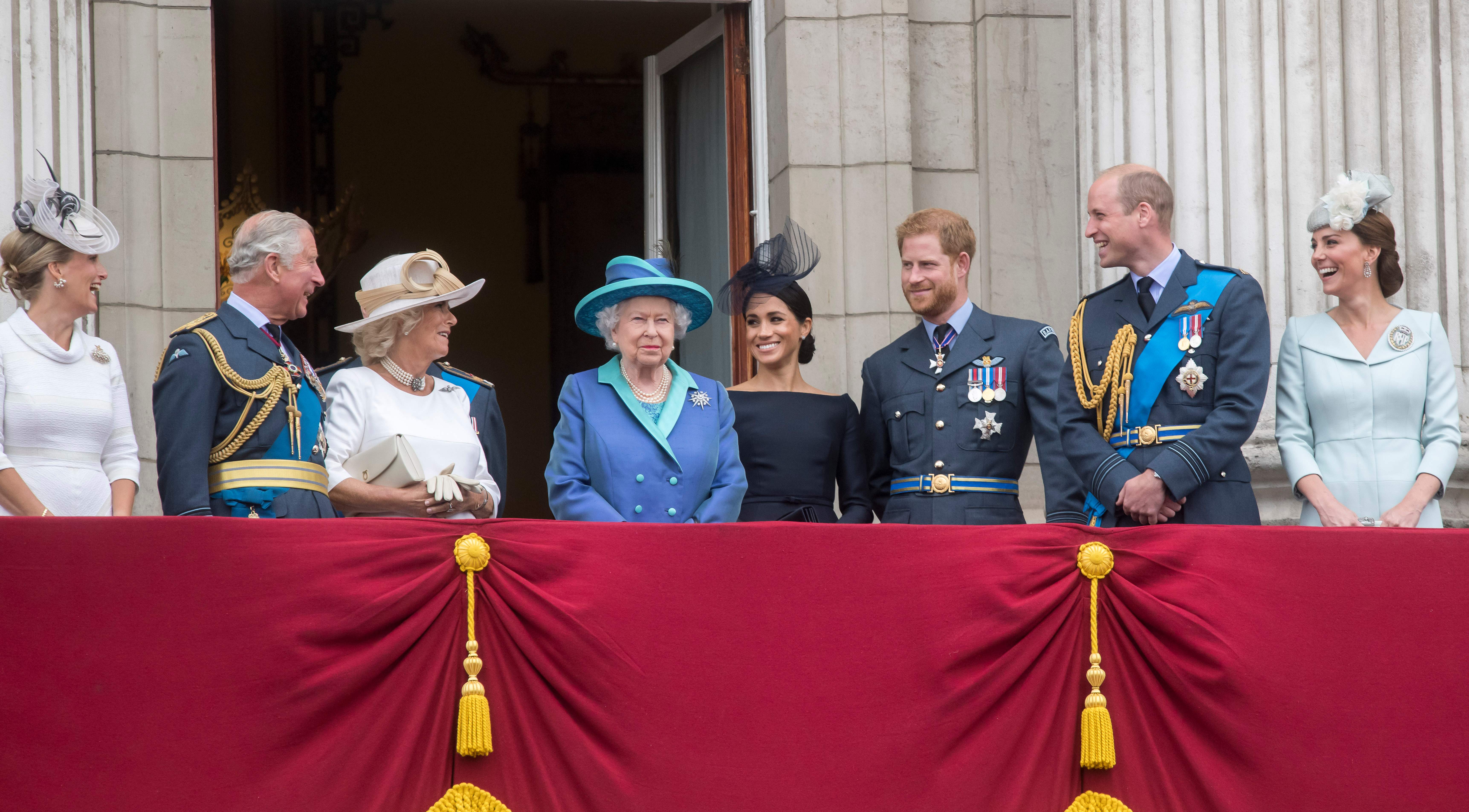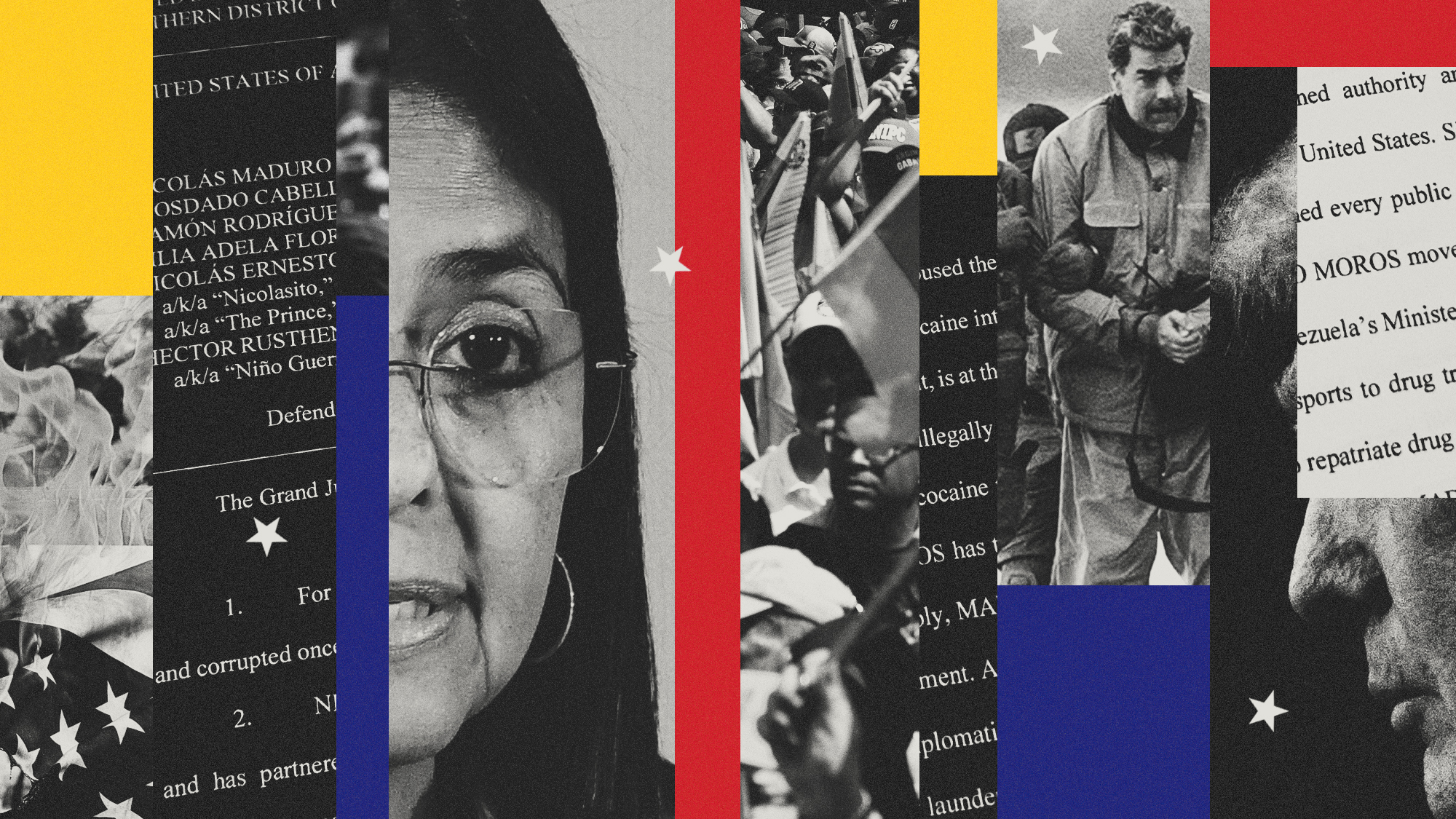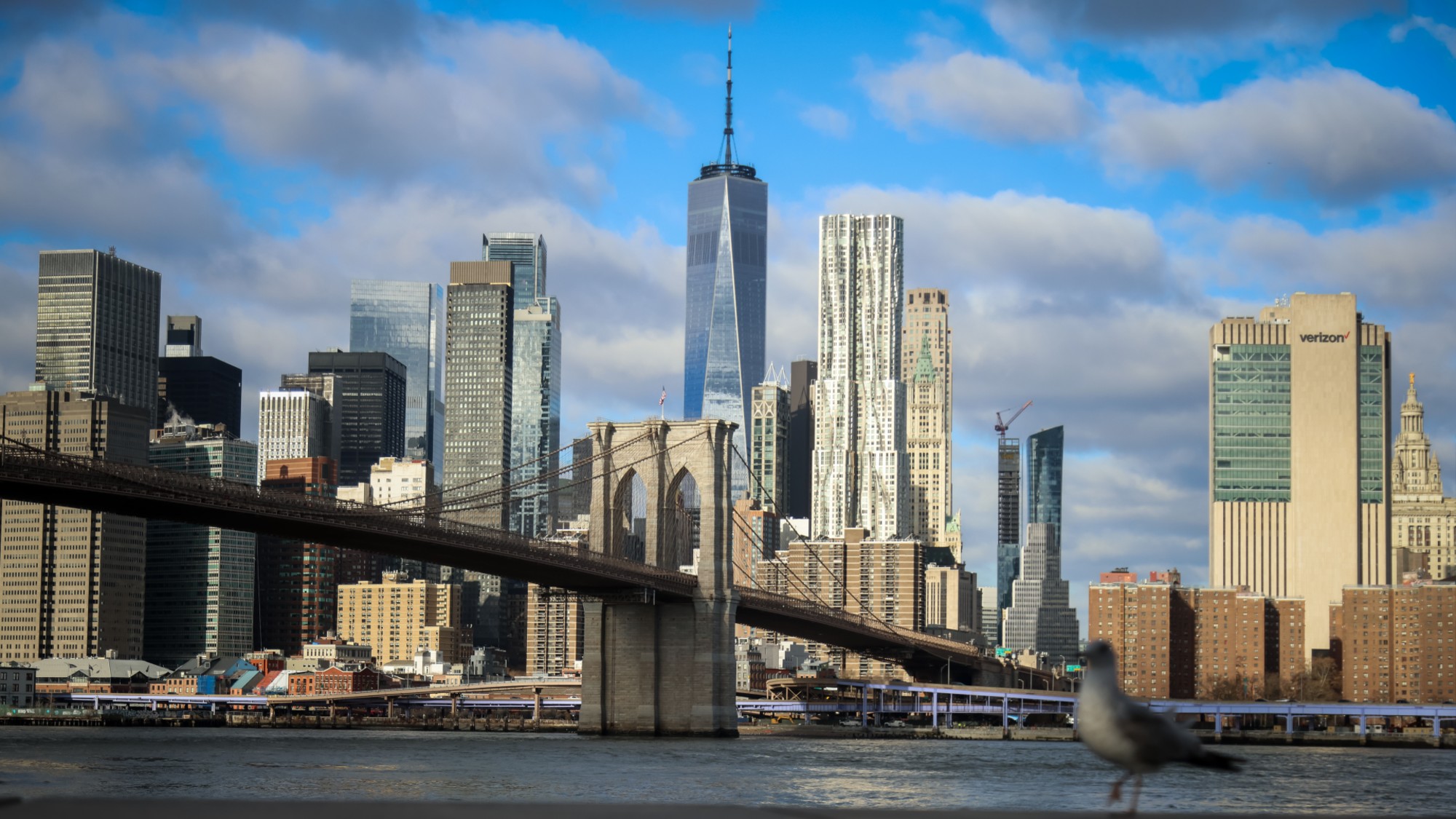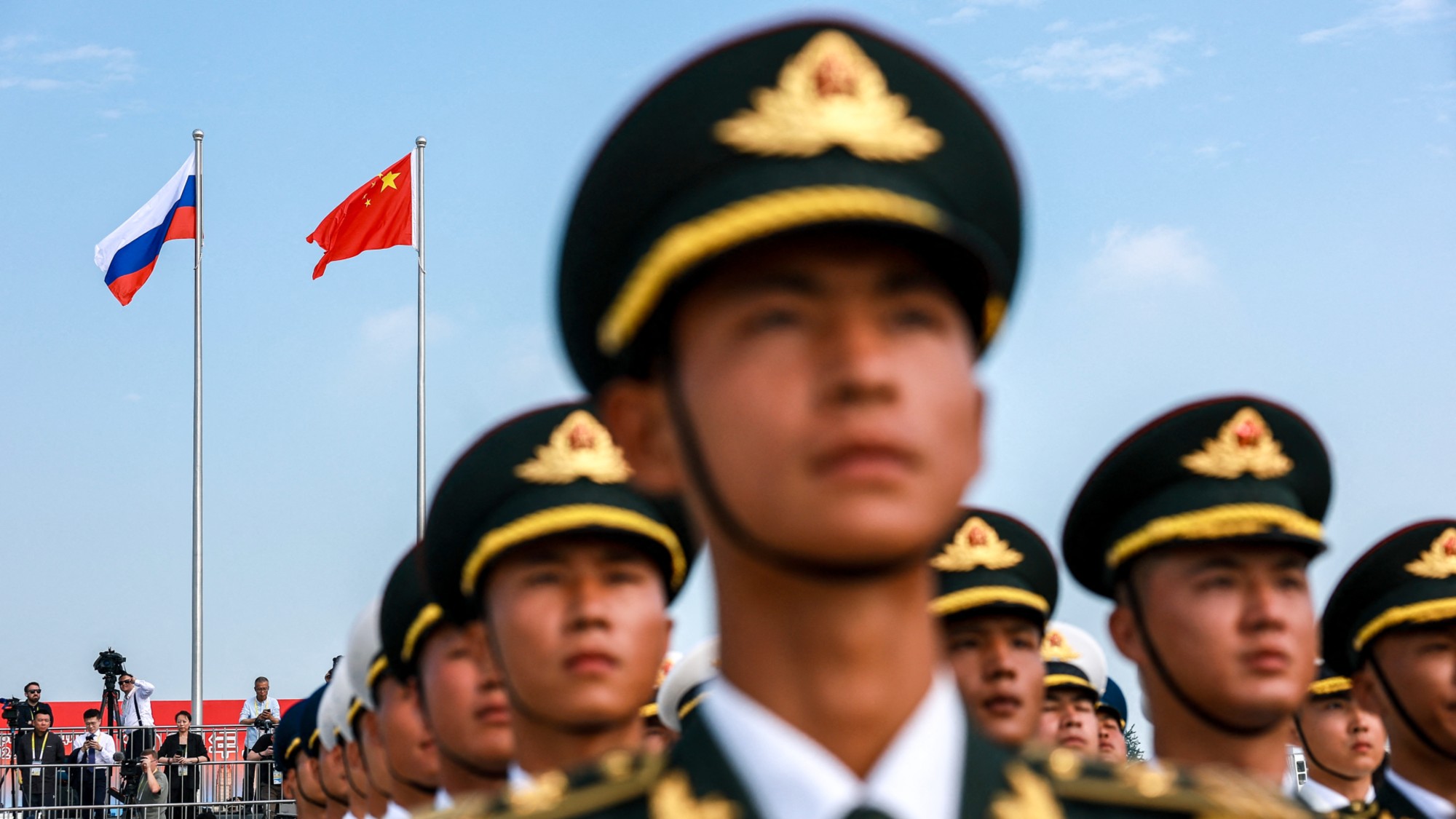How the Royals get their money
Harry and Meghan’s defection has put a spotlight on the finances and inner workings of Britain’s royal family

Harry and Meghan's defection has put a spotlight on the finances and inner workings of Britain's royal family. Here's everything you need to know:
How rich are the Windsors?
Very. The bulk of the money that supports the House of Windsor — sometimes called The Firm — flows through the reigning monarch, Queen Elizabeth II. She has three sources of income. First, she receives an annual payout of taxpayer money called the Sovereign Grant, which last year yielded $107 million. Second, she gets the profits from a vast land portfolio called the Duchy of Lancaster, which has been in the royal family since the 13th century and includes several castles, large tracts of rural land in England and Wales, and the Savoy Estate, a patch of prime real estate in central London. Last year the duchy brought in around $28 million. Finally, Her Royal Highness has significant inherited personal wealth and a large investment portfolio of unknown size. The Sunday Times (U.K.) recently estimated her wealth at $482 million. Her son Charles, the Prince of Wales, has his own funding stream from the Duchy of Cornwall, which he inherited at age 3, when his mother became queen. That duchy includes extensive property holdings that yielded $28 million last year, some $6.5 million of which went to his sons, William and Harry.
The Week
Escape your echo chamber. Get the facts behind the news, plus analysis from multiple perspectives.

Sign up for The Week's Free Newsletters
From our morning news briefing to a weekly Good News Newsletter, get the best of The Week delivered directly to your inbox.
From our morning news briefing to a weekly Good News Newsletter, get the best of The Week delivered directly to your inbox.
What is the Sovereign Grant?
Until 2012 the monarch received a fixed annual payment called the Civil List. It was replaced by the Sovereign Grant, which is a percentage of the profits from the Crown Estate, a massive property portfolio that includes swaths of London's West End and holdings across the U.K., as well as half the U.K.'s shoreline. The Sovereign Grant covers palace upkeep, official travel, and the Royals' household staff, which numbers over 400. The money doesn't cover security costs, which are considerable. Whether the Royals represent a good deal for taxpayers is a matter of sharp debate. In the early 1990s pressure built to lower their overhead, which among other things led to an agreement that the Queen and Prince of Wales would pay income tax and sell the royal yacht. But the firm Brand Finance has calculated the Royals' worth to the U.K.'s economy at $2.3 billion, primarily because they serve as a magnet for tourism; help sell souvenirs, newspapers, and other news products; and provide plotlines for films, books, and TV shows. "They're like a giant PR campaign for the U.K.," said David Haigh, CEO of Brand Finance.
Are there other holdings?
The Queen personally owns Sandringham House, her country retreat in Norfolk, and Balmoral Castle in Scotland, which was bought by Queen Victoria in 1852. She owns (though she can't sell) the Royal Collection, comprising thousands of paintings, tapestries, photographs, books, metalworks, and other artwork and artifacts, and the Royal Philatelic Collection, one of the world's largest stamp collections. The Crown also lays claim to all unmarked swans in open waters, a decree dating to a time when swan meat was coveted, and all whales, sturgeon, and porpoises within 3 miles of the U.K. shoreline.
A free daily email with the biggest news stories of the day – and the best features from TheWeek.com
What does 'the job' of a Royal entail?
The role of the Queen and her family is to bolster Britain's "national identity, unity, and pride," according to the royal website. In practice, that means various members of the royal family take part in some 2,000 engagements each year, including state banquets, luncheons, receptions, ribbon cuttings, and garden parties. (When Prince Philip retired in 2017, it was calculated that he'd attended 22,191 events, giving 5,493 speeches.) Royals also make visits to service members at home and abroad, serve as patrons for organizations, and assist charities. Some operate their own charities, such as Charles' Prince's Trust, which helps disadvantaged young people.
Do the Royals rule the U.K.?
In practice, the Queen exerts no meaningful control over Britain's constitutional monarchy, but she does hold a symbolic role and a number of specific powers. The Queen's approval, or Royal Assent, is required for an act of Parliament to become law. (No assent has been denied since 1708.) She appoints the prime minister after an election and meets with him or her weekly, offering counsel. She can also summon and suspend Parliament and is officially the military commander in chief, with the sole power to declare war. The Queen can bestow knighthood and other honorary titles, grant pardons, and reduce prison sentences. She last exercised that power in 2001, when she ordered the release of two inmates who had rescued a prison worker from an attack by a wild boar.
Harry and Meghan's valuable brand
For Prince Harry and Meghan Markle, stepping away from royal duties means giving up taxpayer funding, but the couple is not likely to feel it much. Public money from the Sovereign Grant, they have estimated, has covered only 5 percent of their operating costs; the rest comes from Harry's father, Prince Charles, and his Duchy of Cornwall. In the royal separation agreement announced last week, Charles will continue to fund his son and daughter-in-law for a year, as they seek to become "financially independent." Harry has considerable inherited wealth on his own: His mother, Diana, left him an estimated $13 million, and he was bequeathed many millions more by his great-grandmother, the Queen Mother. Then there's the estimated $5 million Meghan has banked from her television work. They'll now have to pay rent on Frogmore Cottage, their U.K. residence, and repay the $3.1 million in taxpayer funds spent to renovate the home. But the couple has sought a potentially valuable trademark on the name "Sussex Royal" and will apparently seek to generate their own income — possibly through book deals, speaking fees, fashion products, and various product endorsements. "Harry and Meghan's break from the royal family may just be the marketing move of 2020," said Kevin Mercuri of Propheta Communications, a public relations firm specializing in branding. "The fact that the Sussex Royal brand was born of Harry's love for his wife and son will not go unnoticed by North American consumers."
This article was first published in the latest issue of The Week magazine. If you want to read more like it, try the magazine for a month here.
-
 Venezuela’s Trump-shaped power vacuum
Venezuela’s Trump-shaped power vacuumIN THE SPOTLIGHT The American abduction of Venezuelan President Nicolás Maduro has thrust South America’s biggest oil-producing state into uncharted geopolitical waters
-
 Most data centers are being built in the wrong climate
Most data centers are being built in the wrong climateThe explainer Data centers require substantial water and energy. But certain locations are more strained than others, mainly due to rising temperatures.
-
 ‘Maps are the ideal metaphor for our models of what the world might be’
‘Maps are the ideal metaphor for our models of what the world might be’Instant Opinion Opinion, comment and editorials of the day
-
 How Bulgaria’s government fell amid mass protests
How Bulgaria’s government fell amid mass protestsThe Explainer The country’s prime minister resigned as part of the fallout
-
 Femicide: Italy’s newest crime
Femicide: Italy’s newest crimeThe Explainer Landmark law to criminalise murder of a woman as an ‘act of hatred’ or ‘subjugation’ but critics say Italy is still deeply patriarchal
-
 Brazil’s Bolsonaro behind bars after appeals run out
Brazil’s Bolsonaro behind bars after appeals run outSpeed Read He will serve 27 years in prison
-
 Americans traveling abroad face renewed criticism in the Trump era
Americans traveling abroad face renewed criticism in the Trump eraThe Explainer Some of Trump’s behavior has Americans being questioned
-
 Nigeria confused by Trump invasion threat
Nigeria confused by Trump invasion threatSpeed Read Trump has claimed the country is persecuting Christians
-
 Sanae Takaichi: Japan’s Iron Lady set to be the country’s first woman prime minister
Sanae Takaichi: Japan’s Iron Lady set to be the country’s first woman prime ministerIn the Spotlight Takaichi is a member of Japan’s conservative, nationalist Liberal Democratic Party
-
 Russia is ‘helping China’ prepare for an invasion of Taiwan
Russia is ‘helping China’ prepare for an invasion of TaiwanIn the Spotlight Russia is reportedly allowing China access to military training
-
 Interpol arrests hundreds in Africa-wide sextortion crackdown
Interpol arrests hundreds in Africa-wide sextortion crackdownIN THE SPOTLIGHT A series of stings disrupts major cybercrime operations as law enforcement estimates millions in losses from schemes designed to prey on lonely users